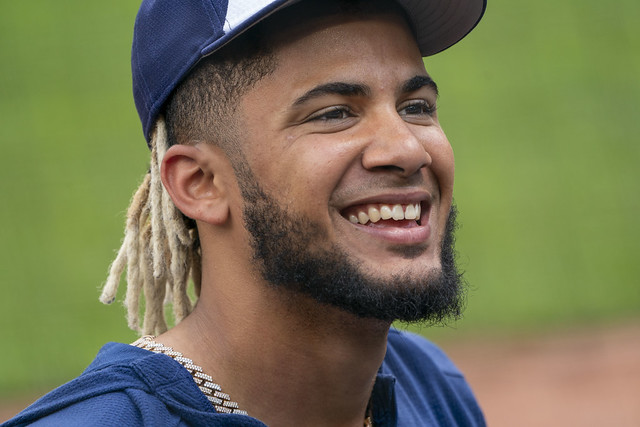2021 Top 50 Free Agents
Welcome to FanGraphs’ top-50 free-agent rankings. In years past, Dave Cameron or Kiley McDaniel has been been responsible for this annual post; I have taken the reins this year, with some assistance from my colleagues.
In what follows, I’ve provided contract estimates and rankings of the winter’s top free agents, along with market-focused breakdowns for the top 25 players. Meanwhile, a combination of Ben Clemens, Brendan Gawlowski, Jay Jaffe, Eric Longenhagen, Rachael McDaniel, Dan Szymborski, and Jon Tayler have supplied the more player-focused breakdowns, which are designed to provide some context for each player at this moment in his career.
Players are ranked in the order in which I prefer them. Often, that order closely follows that of the overall contract values that both the crowd and I have projected for them, but not always. All dollar amounts are estimated guarantees to the player. Many players could end up with one-year deals that include a team option for a second year, but only the expected guaranteed years and dollars are included below. All projections are Steamer 2021 projections, with the exception of Ha-seong Kim’s, which is ZiPS 2021.
Some players still have pending opt-out or teams option decisions to contend with; we will update the profiles below to reflect any relevant changes as we learn of them. The list below also includes multiple players who are likely to receive a Qualifying Offer. The QO amount for this season is $18.9 million. Teams must make those offers within five days of the end of the World Series. Players then have another 10 days to decide whether to accept them. It’s not clear whether teams will curtail making such offers this winter out of a fear that more players than usual will decide to accept them and attempt to re-enter free agency in what will hopefully be a more certain climate next offseason. Only J.T. Realmuto and George Springer seem like guarantees to decline such offers, with Trevor Bauer and Marcus Semien likely to do so as well; Marcell Ozuna cannot receive a QO after receiving one last year.
For a comprehensive list of this year’s free agents, which will be updated to include signings as they happen and crowdsource results for those players on whose deals we polled, please consult our Free Agent Tracker. Read the rest of this entry »



